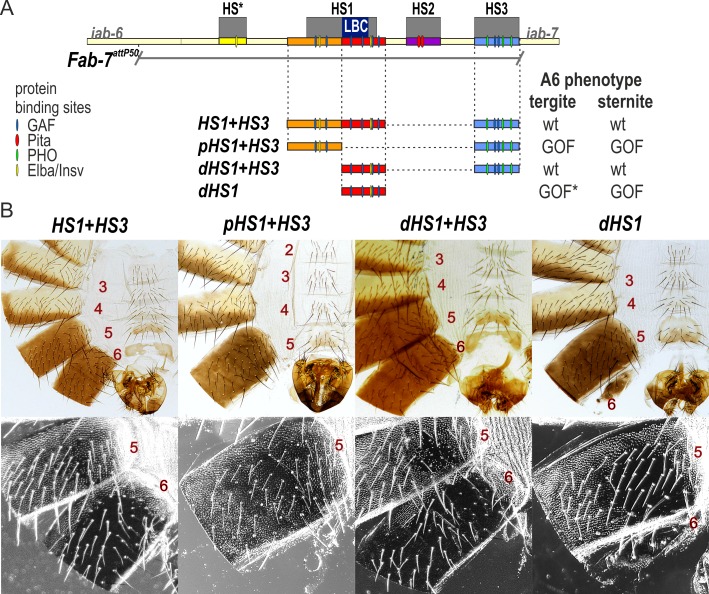Fig 3. dHS1 but not pHS1 can function as a boundary together with HS3.
(A) Map of Fab-7 region showing the four hypersensitive sites, HS*, HS1, HS2, and HS3 and the location of recognition motifs for proteins known to be associated with Fab-7. Replacement fragments are shown below the map with a summary of their cuticle (tergite and sternite) phenotypes. (B) Bright field (top) and dark field images of cuticles prepared from HS1+HS3, pHS1+HS3, dHS1+HS3, and dHS1 male flies. As described in text, the HS1+HS3 and dHS1+HS3 replacements resemble wild type males, while pHS1+HS3 and dHS1 flies have strong GOF phenotypes. In flies that have residual A6 cuticle (typically, a tergite), there are LOF transformations. GOF*—incomplete GOF phenotype in most males.

